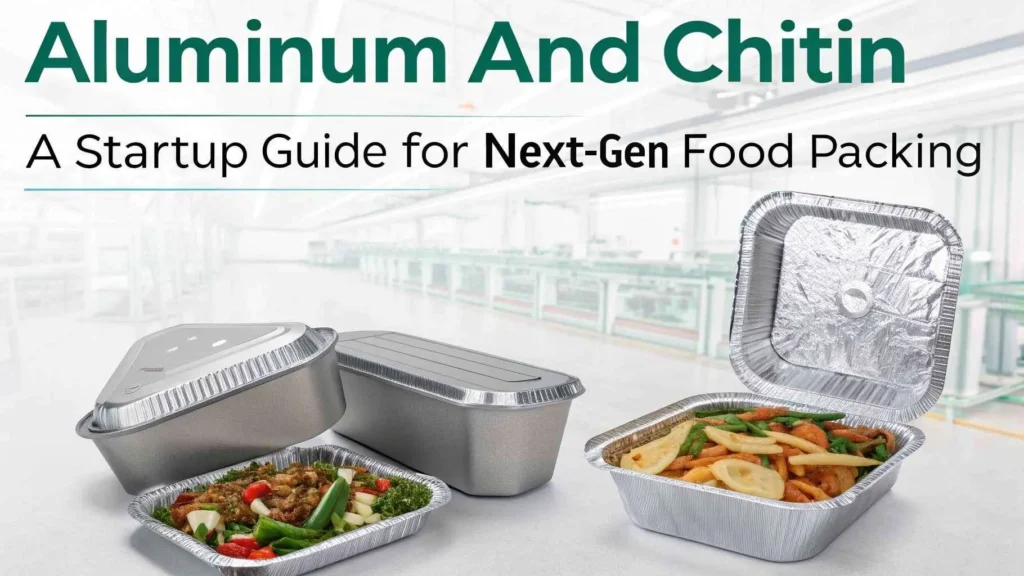
The readymade garment business is one of the fastest-growing industries in India. As fashion trends evolve and demand for affordable, stylish clothing rises across age groups and regions, starting your own clothing manufacturing unit can be a highly profitable venture. Whether you are a fashion enthusiast, a skilled tailor, or an aspiring entrepreneur, this industry offers huge potential for growth—even with moderate investment.
Why Start a Readymade Garment Business?
India is the world’s second-largest producer of textiles and garments. The domestic market for apparel is estimated to grow to over USD 100 billion in the next few years, thanks to increasing disposable income, fashion consciousness, and retail expansion. Starting a readymade garment business in India allows you to tap into both local and international markets.
See More : Snack Food Factory
Here’s why it’s a smart choice:
-
High market demand year-round
-
Low to medium investment options
-
Opportunities in niche segments (kidswear, ethnic, gym wear, etc.)
-
Scope for online and offline selling
-
Government incentives under the textile and MSME sectors
1. Types of Readymade Garment Businesses You Can Start
Before starting, choose the segment you want to target. Some popular options include:
-
Men’s Wear: Formal shirts, trousers, casual T-shirts, jeans
-
Women’s Wear: Kurtis, leggings, tops, ethnic wear, western dresses
-
Kids’ Wear: Frocks, shorts, T-shirts, school uniforms
-
Sportswear & Gymwear: Tracksuits, activewear, yoga pants
-
Undergarments & Nightwear
-
Corporate Uniforms or School Uniforms
Choosing a niche helps streamline your production and branding.
2. Readymade Garment Business Plan – Step-by-Step Guide
A solid business plan is the foundation of a successful readymade garment business. Follow this structure to get started:
Step 1: Market Research
Study your target market. Identify:
-
Popular clothing styles in your region
-
Age group and gender you want to target
-
Price range preferred by customers
-
Local and online competitors
Step 2: Choose Your Business Model
There are three main models:
-
Own Manufacturing Unit – You design and produce garments under your own label.
-
Job Work/Contract Manufacturing – You outsource stitching to third-party units.
-
Retail/Reselling – You buy from manufacturers and sell under your own brand or unbranded.
Starting with your own manufacturing unit gives better control over quality and branding.
Step 3: Create a Business Plan Document
Include:
-
Product line and target audience
-
Estimated startup investment
-
Location and setup needs
-
Equipment and staff requirements
-
Branding and marketing strategy
-
Sales and distribution plans
-
Profitability and break-even analysis
3. Investment Required for Readymade Garment Business
Initial costs depend on your business scale. Here’s an estimate for a small unit:
| Item | Estimated Cost |
|---|---|
| Industrial Sewing Machines (4–6 units) | ?1,20,000 – ?1,80,000 |
| Cutting Table & Tools | ?30,000 |
| Ironing and Finishing Equipment | ?20,000 |
| Fabric and Trims (Raw Material) | ?50,000 – ?1,00,000 |
| Labor (tailors, helpers) | ?15,000 – ?30,000/month |
| Rent (optional) | ?10,000 – ?25,000/month |
| Branding, Packaging & Marketing | ?20,000 – ?50,000 |
Total Estimate: ?2,50,000 to ?5,00,000 for a small-scale readymade garment business.
4. Legal and Registration Requirements
Registering your business gives it legitimacy and access to government benefits.
-
Udyam (MSME) Registration – For subsidies and schemes
-
GST Registration – Required for B2B and inter-state sales
-
Trademark Registration – Protect your brand name and logo
-
Factory License (if large scale)
-
Import-Export Code (IEC) – If planning to export garments
5. Raw Materials and Suppliers
Your main raw materials include:
-
Fabric (cotton, denim, rayon, polyester, blends)
-
Thread, buttons, zippers, elastic
-
Tags, labels, packaging material
Choose reliable suppliers from textile hubs like Surat, Tiruppur, Ludhiana, or Delhi. Buy in bulk to reduce costs.
6. Machinery and Equipment
For small to medium units, you will need:
-
Single Needle Lock Stitch Machine
-
Overlock (interlock) Machine
-
Buttonhole and Button Stitch Machines
-
Steam Iron and Finishing Table
-
Cutting Table and Fabric Cutter
As production increases, you can automate more operations.
7. Hiring Skilled Staff
A small unit may need:
-
2–4 Tailors
-
1 Cutting Master
-
1 Ironing/Packaging Helper
-
1 Supervisor (optional)
Training staff in stitching quality, finishing, and productivity is critical.
8. Branding and Marketing Strategy
Building a brand is vital in the readymade garment business. Here’s how to do it:
-
Name & Logo: Choose something easy to remember and fashion-relevant.
-
Packaging: Use eco-friendly and attractive packaging.
-
Catalog & Lookbook: Showcase your designs professionally.
-
Social Media Marketing: Use Instagram, Facebook, and WhatsApp for promotion.
-
Website or Online Store: Create a Shopify or WooCommerce store.
-
Retailers/Wholesalers Network: Partner with local shops for bulk orders.
-
Online Marketplaces: Sell through Amazon, Flipkart, or Myntra (with onboarding).
9. Sales Channels
Maximize your reach through:
-
Local boutiques and fashion stores
-
Exhibitions and flea markets
-
Export (if quality meets global standards)
-
B2B (bulk sales to uniform buyers or schools)
-
D2C (Direct to Customer via website and social media)
10. Profit Margin in Readymade Garment Business
Profit depends on design, material cost, and pricing. On average:
-
Cost to produce a shirt: ?250–?300
-
Selling price (retail): ?500–?800
-
Margin: 40–60%
Custom designs and unique fabrics can fetch higher prices and margins.
11. Government Support and Schemes
The Indian government offers strong support to textile businesses:
-
TUFS (Technology Upgradation Fund Scheme)
-
PMEGP (Prime Minister’s Employment Generation Programme)
-
MUDRA Loans for MSMEs
-
Scheme for Capacity Building in Textile Sector (SAMARTH)
-
Export Promotion Schemes under the Ministry of Textiles
Registering your readymade garment business under MSME helps access all of these benefits.
12. Common Challenges & How to Overcome Them
| Challenge | Solution |
|---|---|
| Inconsistent quality | Train tailors, implement quality checks |
| Fabric sourcing issues | Work with multiple vendors, buy in advance |
| Inventory management | Use basic ERP tools or Excel tracking |
| Customer retention | Offer consistent quality, good packaging, and after-sales service |
| Competition | Focus on design, niche, and branding |
See More : Ayurvedic Medicine Manufacturing
Conclusion
Starting a readymade garment business in India is an excellent opportunity to combine creativity with entrepreneurship. With increasing demand for both traditional and modern wear, the clothing industry offers long-term success potential—even with a small start.
All you need is the right niche, a focus on quality, effective branding, and a scalable plan. Whether you want to start a boutique label or build a full-fledged manufacturing unit, the readymade garment sector can provide impressive returns with the right execution.




